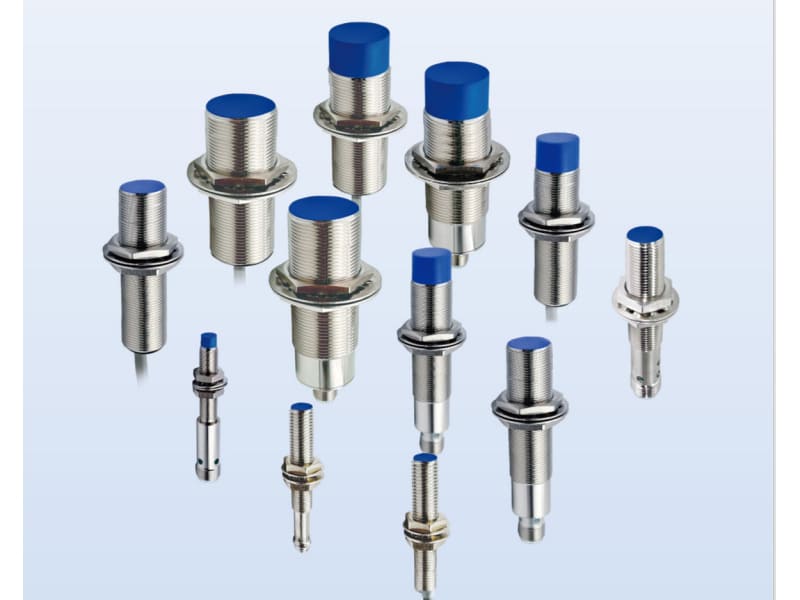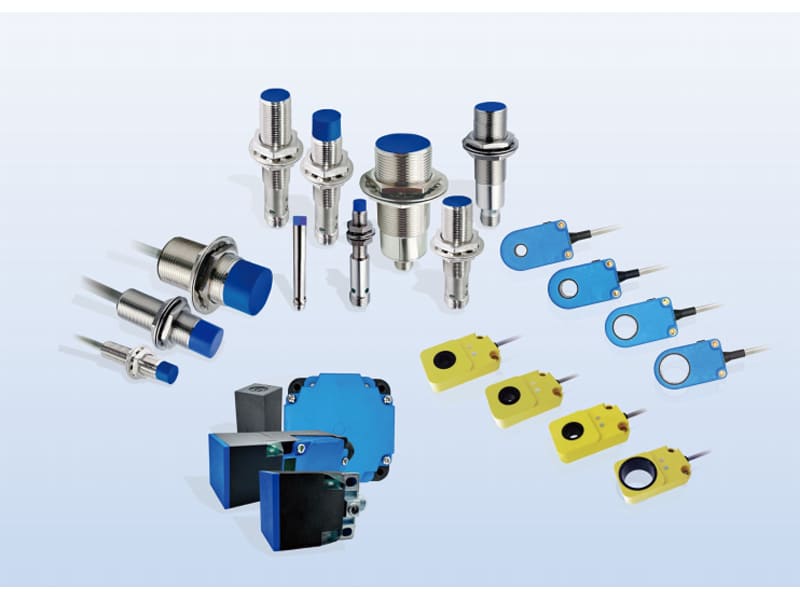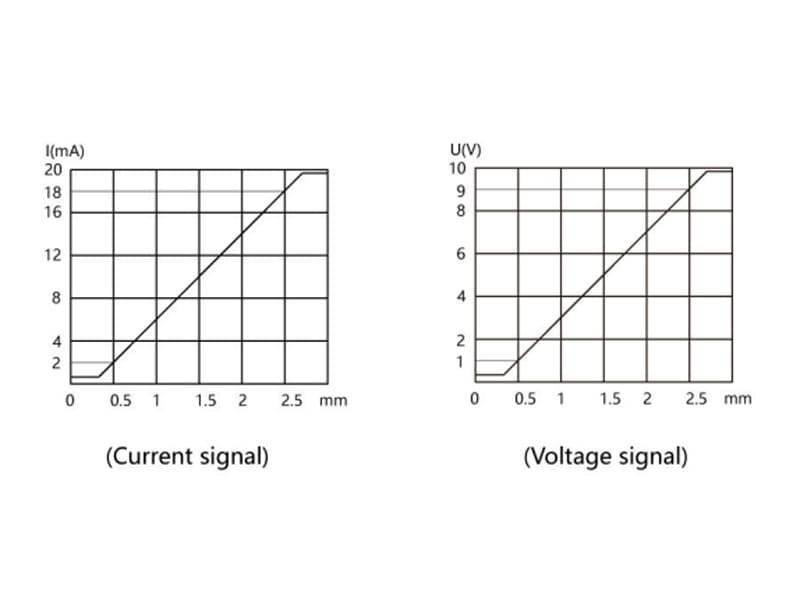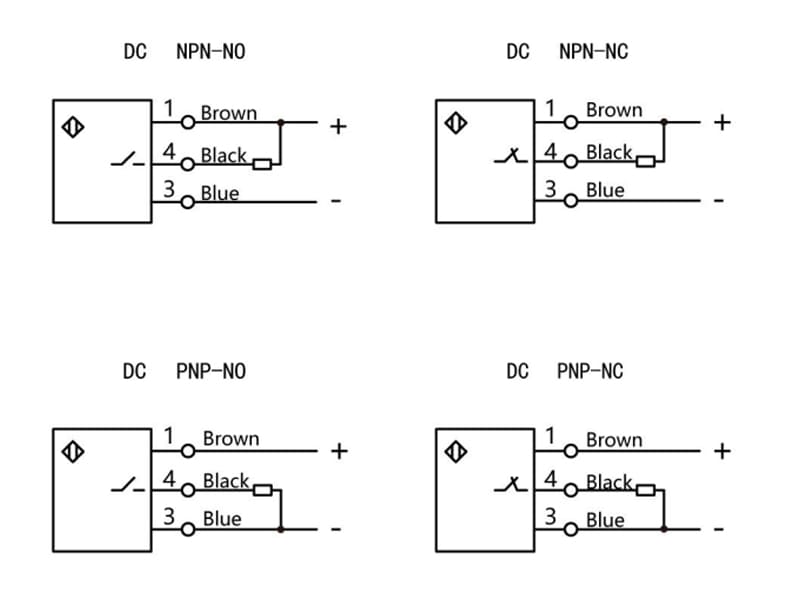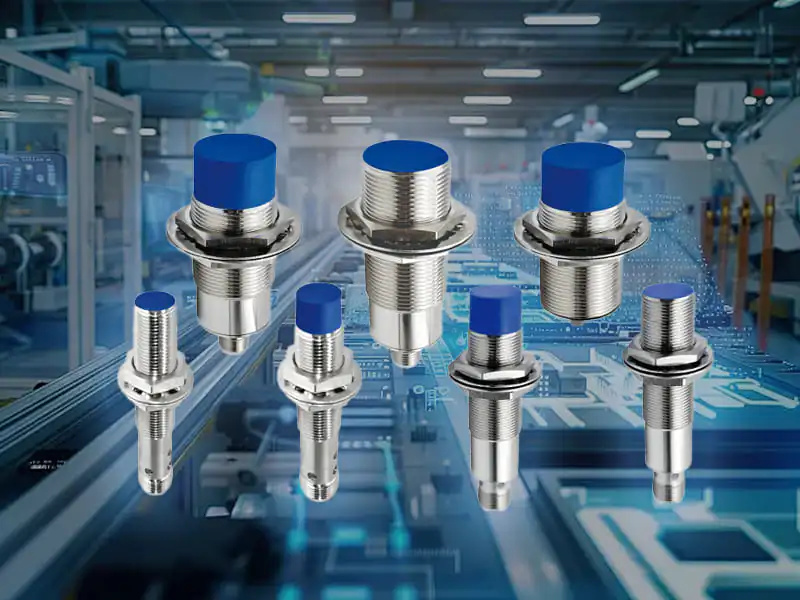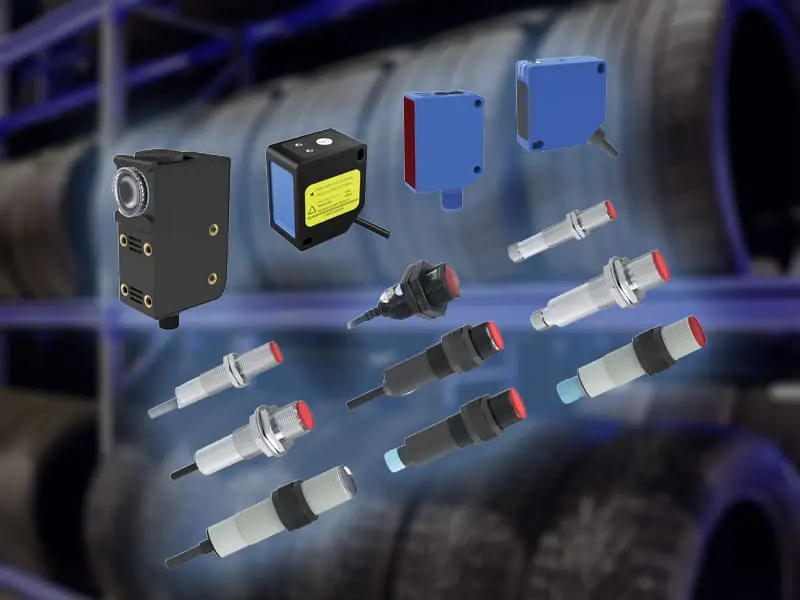What is an Analog Output Proximity Sensor? How Does It Differ from a Switch Output Proximity Sensor?

What is an Analog Output Proximity Sensor? How Does It Differ from a Switch Output Proximity Sensor? Proximity sensors play a crucial role in industrial automation, smart detection, and various other fields. These sensors are vital components that help automate systems, improve efficiency, and ensure precise control. Among the different types of proximity sensors, proximity switches stand out as essential tools for detecting the presence or absence of objects. These sensors are mainly categorized into two types: analog output proximity sensors and switch output proximity sensors. Each of these types offers unique features and advantages, making them suitable for different applications.
This article will explain analog and switch signals, the differences between analog output proximity sensors and switch output proximity sensors, their individual characteristics, and their respective advantages. Furthermore, it will guide you in choosing the right proximity sensor based on your specific project needs and requirements.
What Are Analog and Switch Signals?
Analog signals are continuous physical quantities that can take any value within a defined range. These signals are used to represent quantities that change smoothly and gradually, without abrupt jumps. For example, in everyday life, temperature doesn’t change instantly from 20°C to 30°C but gradually increases through intermediate values such as 21°C, 22°C, and so on. Other examples of analog signals include pressure, light intensity, and sound intensity. Analog signals are captured and converted by sensors, which then output continuous electrical signals, such as voltage or current, to represent even the smallest changes in the measured quantity.
On the other hand, switch signals are discrete and simple, typically consisting of two distinct states—0 and 1. These signals are akin to the on and off states in electrical circuits or the open and closed states of doors and lights. Switch signals don’t have intermediate values, and they are used to detect the presence or absence of an object. This characteristic makes switch signals ideal for applications that require simple logic functions, such as determining whether an object is nearby or whether equipment is running.
What Is an Analog Output Proximity Sensor?
An analog output proximity sensor is based on principles like electromagnetic induction or capacitive changes to detect nearby objects. When an object enters the sensor’s detection range, the sensor outputs a continuous electrical signal, typically voltage or current, that corresponds to the distance between the sensor and the object.
For example, in an automated production line, an analog output proximity sensor can be used to measure the precise distance between mechanical parts and robotic arms. The sensor outputs a voltage value based on the distance, which allows the control system to adjust the robotic arm’s movements accordingly. This enables high-precision operations like gripping, assembly, and positioning, ensuring accuracy and stability throughout the production process. The ability to provide continuous feedback makes analog output proximity sensors ideal for applications that demand fine-tuned control and precision.
What Is a Switch Output Proximity Sensor?
A switch output proximity sensor is designed to detect the presence of an object in a similar way to the analog sensor. However, the difference lies in the type of output it generates. When an object enters the predefined sensing range, the switch output sensor immediately outputs a fixed on/off signal, indicating the object’s presence.
This on/off behavior is similar to how access control systems work: when someone approaches a card reader within a certain range, the sensor triggers and outputs a high signal (1), which causes the door to open. If the person moves away, the signal disappears (low signal, 0), and the door closes. The key advantage of switch output proximity sensors is their ability to provide a fast, clear, binary response—whether an object is present or not—without the need for detailed distance information.
Key Differences Between Analog Output Proximity Sensors and Switch Output Proximity Sensors
Both analog and switch output proximity sensors serve the same fundamental purpose—detecting the proximity of an object. However, they differ significantly in their output signals, which leads to varying applications:
Analog Output Sensors: These sensors provide a continuous output that varies with the distance between the sensor and the object. This makes them ideal for applications that require precise control and fine adjustments based on distance, such as robotic arm positioning or advanced automation systems.
Switch Output Sensors: These sensors provide a binary output, indicating only whether an object is within the sensor’s range or not. Their primary focus is on simple presence detection, making them ideal for applications where quick responses are needed, such as in security systems or basic automation tasks.
In terms of precision, analog output sensors offer much higher accuracy, typically down to millimeters or even finer, as they continuously monitor the object’s position. In contrast, switch output sensors have a broader detection range with less precision, as they are only concerned with whether an object is present within a certain distance.
From a system complexity perspective, analog output sensors require more advanced systems capable of processing continuous signals, such as high-precision analog-to-digital converters (ADC). Switch output sensors, however, are simpler to integrate and work well with basic digital systems that require only a binary on/off signal.
Features and Advantages of Analog Output Proximity Sensors
- High Precision: Analog output proximity sensors provide detailed, continuous information about the distance between the sensor and the object. This makes them ideal for industries where high accuracy is essential, such as in precision machining, robotics, and electronics manufacturing.
- Detailed Information: The continuous output from an analog sensor carries rich data, allowing the system to not only detect proximity but also measure the degree of closeness. This can be extremely valuable in complex applications like smart warehouses, where it’s important to monitor inventory levels and track the position of goods with high accuracy.
- Flexible Control: Analog sensors can be integrated into more sophisticated control systems to provide dynamic adjustments based on the sensor’s feedback. For instance, in 3D printing, the distance between the nozzle and the printing platform is constantly adjusted in real time to ensure print quality.
Features and Advantages of Switch Output Proximity Sensors
- Simplicity: Switch output proximity sensors are easy to understand and integrate. Their binary output makes them ideal for applications requiring simple logic and fast responses, such as automatic doors, water faucets, and basic object counters.
- Fast Response: These sensors provide an immediate response when an object enters their sensing range. This quick reaction is crucial in applications where speed is important, such as high-speed manufacturing lines or security systems that need to trigger actions rapidly.
- Reliability: Switch output proximity sensors are highly reliable in challenging environments due to their simple on/off switching mechanism. They are less prone to interference and are ideal for industrial settings where environmental factors might affect the sensor’s performance.
How to Choose Between Analog Output Proximity Sensors and Switch Output Proximity Sensors
The decision between an analog and switch output proximity sensor depends largely on your application’s specific needs. If your project requires precise position control or detailed distance tracking, such as robotic joint control, automated material sorting, or advanced manufacturing processes, an analog output sensor is the best choice. Its continuous output allows for fine adjustments and high-accuracy measurements.
If your project only needs to detect the presence or absence of an object quickly and simply, such as in basic automation systems like automatic faucets or object counters, a switch output proximity sensor is a cost-effective and efficient solution.
In making your choice, also consider the complexity of the environment, the required accuracy, and the processing capabilities of your control system. By carefully evaluating your application’s requirements, you can select the most appropriate proximity sensor to ensure the optimal performance of your automated system.
Explore Bedook: Your Trusted Sensor Manufacturer
At Bedook, we specialize in designing, developing, and manufacturing a comprehensive range of proximity sensors and switches. Our extensive product lineup includes:
- Inductive Proximity Sensors
- Capacitive Proximity Sensors
- Photoelectric Sensors
- Ultrasonic Sensors
- Solid State Relays
- Various Accessories
With over 10,000 detailed product variations and a robust R&D team, we take pride in our ability to meet your unique requirements with tailored solutions and reliable performance.
Whether you’re seeking off-the-shelf products or customized designs, Bedook offers the expertise and production capacity to ensure your satisfaction.
Get in Touch Today!
We value your interest in our products and warmly encourage you to send us an inquiry. Let us help you find the perfect sensor solution for your application.
Thank you for considering Bedook—your trusted partner in innovation and quality manufacturing. We look forward to collaborating with you!

